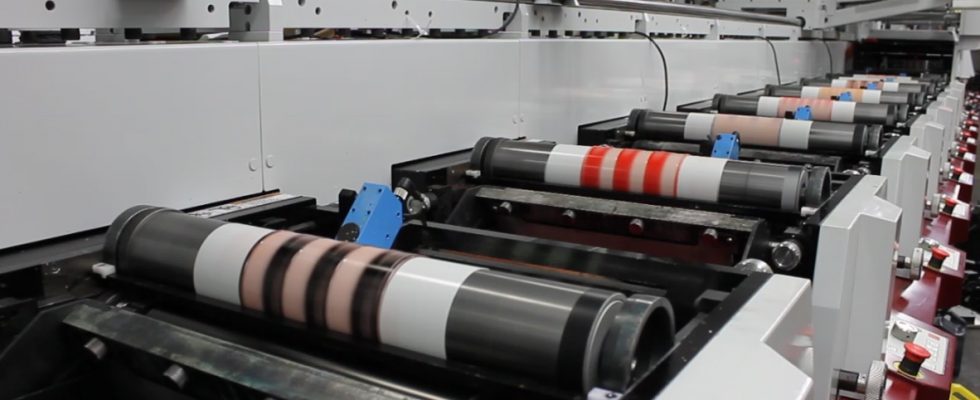Nowadays, a lot of companies have installed the in-house capabilities of performing flexographic printing which is specialized in putting the pressure on sensitive films and labels. Most of the printing capabilities involve colors up to 8 which include 4 color and a UV being used for processing the prints. In fact, you can also get labels being manufactured on the rolls. At some places, you might find a large inventory where conversion of material resins takes place and can also find the conversion of many customized constructions which is helpful in obtaining a unique type of film requirements.
Understanding What Flexography is
Well, it is abbreviated as flexo as well, flexography is a form of printing process which uses a flexible relief plate and essentially it is a term coined for a modern version of letterpress which is used for performing the printing process on any type of material like cellophane, plastic, metallic and paper, etc. The flexographic label printing is widely utilized for printing on the substrates which is non-porous and is being required for doing various types of food packaging operation. For printing a large area of solid color then this process can be used.
However, customized flexible packaging is continued to be a major trend. It is being used from packaging of liquids and baked goods to pills and powder. To perform the packaging individually and sampling of packaged items, flexible film packaging can be counted as a good alternative.
Salient Features:
- Comparatively less weight which is equal to less freight
- A smooth surface is obtained for printing high-quality printed images
- Reduction in wastage during packaging
In today’s market, the flexo or flexographic printing press is being considered as the most efficient and consistent tool for printing that now most of the companies owned and utilize them for running print process on all medium and long-run applications.

